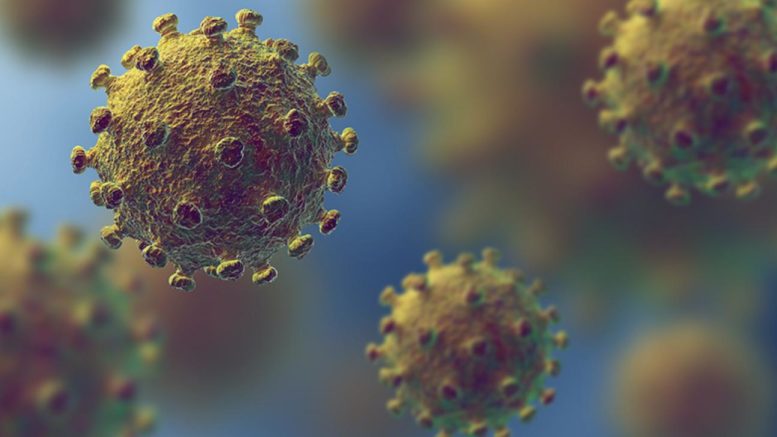A new analysis of SARS-CoV-2 transmission data in China shows that faster identification and isolation of infected, symptomatic individuals contributed to the shortening of the average serial interval -- or the period between the onset of symptoms in successive cases -- over time, as fewer opportunities occurred for viral transmission from one infector to more individuals.
Importantly, changes in average serial intervals in this study reflect the efficacy of case isolation, the researchers demonstrate, rather than indicating modified virulence or incubation times. If a primary infector contacts fewer individuals over time as a result of isolation, this contributes to a shorter average serial interval, the authors show. A longer average serial interval indicates that a failure to isolate infectors leads to greater numbers of uninfected people being exposed to the virus for greater lengths of time.
For a given chain of disease transmission, the average serial interval was thought to be fixed, but this study reveals that interventions like isolation can affect real-time changes in serial intervals as the transmission chain unfolds. Therefore, serial intervals may serve as useful tools to assess whether an intervention is effectively limiting transmission. More broadly, serial intervals could help researchers measure population immunity, forecast future incidence of infection, and quantify accurate reproduction numbers, or the expected number of cases arising from a single infector.
Analyzing publicly available data on 677 different pairs of infectors and infectees, Sheikh Ali and colleagues found that from January 9 to 22 of 2020, the serial interval averaged 7.8 days, whereas from January 30 to February 13, the average was 2.2 days, shortening by more than threefold over the 36-day period. Evaluating potential associations between serial intervals and each patient's age, sex, household contacts, or isolation delay (the duration from the onset of symptoms to isolation), the researchers found that the threefold decrease in average serial interval correlated with quicker isolation of symptomatic infectors.
A model that simulated a reduction in isolation delay from 10 to 0 days for each infector confirmed this association, and further demonstrated that serial intervals became shorter as infectors were isolated more quickly, regardless of when the infector became infectious before the onset of illness. Based on their findings, the authors argue that fixed serial intervals cannot be generalized to other places or periods - rather, real-time estimation of serial intervals accounting for variation over time provides a more accurate picture of disease transmission in a population.
Source: American Association for the Advancement of Science

Be the first to comment on "Shortening of Average Serial Interval Over Time Indicates Isolation Effectively Limits COVID-19 Transmission"